A talented ensemble cast bring Euripides masterpiece to life. The Bacchae (also called The Bacchants or Bakchai in Greek) tells the story of the god Dionysus who comes to the city of Thebes disguised as a charismatic young man accompanied by a throng of erotic female maenads. The immortal play is a study in fanatical religions and confronts the personal balance that we all must find between order and spontaneity.
Related Movies
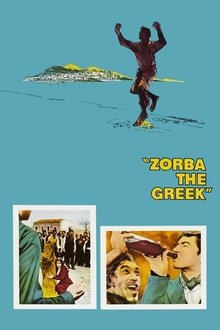
Zorba the Greek (1964)
An uptight English writer traveling to Crete on a matter of business finds his life changed forever when he meets the gregarious Alexis Zorba.

Johnny Minotaur (1971)
Johnny Minotaur is a lyrical explosion of taboos: incest, intergenerational desire, pansexuality and autoeroticism are a few of the issues Charles Henri Ford grapples with through mythopoeic, sensual imagery, recitations of his diaries and a philosophical debate featuring an impressive narration by such artists as Salvador Dali, Allen Ginsberg, Warren Sonbert and Lynne Tillman.

My Big Fat Greek Wedding (2002)
A young Greek woman falls in love with a non-Greek and struggles to get her family to accept him while she comes to terms with her heritage and cultural identity.

Beowulf & Grendel (2005)
The blood-soaked tale of a Norse warrior's battle against the great and murderous troll, Grendel. Heads will roll. Out of allegiance to the King Hrothgar, the much respected Lord of the Danes, Beowulf leads a troop of warriors across the sea to rid a village of the marauding monster.

Whom the Gods Wish to Destroy (1966)
A young hero defeats a dragon to find acceptance to the court of burgundy.
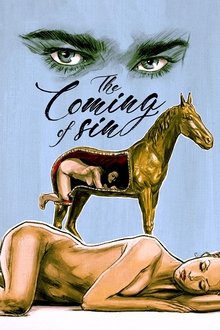
The Coming of Sin (1978)
A superstitious servant girl - who has foreboding nightmares about a naked man on horseback - comes to live with a solitary female artist at her country chateau. As the artist takes the girl under her wing, a sensuous relationship develops between them.

Well Kept Secrets: Athanasia (2008)
A young American woman returns to her Greek roots in search of her real father. Accompanied by her stepfather, she shatters the very myths designed to protect her. She uncovers an unlikely relationship between those who raised her, a globe-trotting photojournalist and Athanasia. Athanasia, a girl with no right in life. A choice of nature, but not of her community. Angela finds her father and discovers her mother.
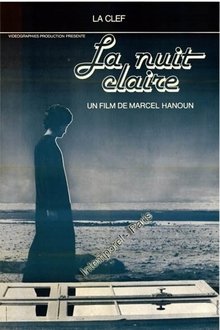
The Bright Night (1978)
In a montage alternating with moments of Nigel Rogers' interpretation of the most beautiful passages from "Orpheus," the opera by Striggio and Monteverdi, La Nuit Claire is an evocation of the celebrated myth, within which images of the love between its two modern protagonists, Anne and Julien, are inscribed. - BAM/PFA

Breaker Morant (1980)
During the Boer War, three Australian lieutenants are on trial for shooting Boer prisoners. Though they acted under orders, they are being used as scapegoats by the General Staff, who hopes to distance themselves from the irregular practices of the war. The trial does not progress as smoothly as expected by the General Staff, as the defence puts up a strong fight in the courtroom.
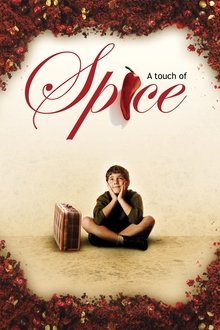
A Touch of Spice (2003)
"A Touch of Spice" is a story about Fanis, a young Greek boy growing up in Istanbul, whose grandfather, a culinary philosopher and mentor, teaches him that both food and life require a little salt to give them flavor. They both require... A Touch of Spice. Fanis grows up to become an excellent cook and uses his cooking skills to spice up the lives of those around him. 35 years later he leaves Athens and travels back to his birthplace of Istanbul to reunite with his grandfather and his first love. He travels back only to realize that he forgot to put a little bit of spice in his own life.

Fate/Grand Order: Divine Realm of the Round Table - Camelot Wandering; Agateram (2020)
The wandering knight, Bedivere, reaches the end of his journey. It is A.D. 1273 in Jerusalem. The Holy Land has been transformed into a massive desert and its people have been forced out of their homes as three major powers wage war with each other in this wasteland. The Knights of the Round Table come together to protect the Holy City and their Lion King. With the whole of his kingdom summoned into a strange land, Ozymandias, the Sun King, quietly plots against the tyranny of this bizarre realm. The mountain people, protectors of those who were stripped of their land, await their chance at rebellion. In order to fulfill his mission, Bedivere heads for the Holy City where the Lion King rules. There he meets humanity’s final Master, Ritsuka Fujimaru, who has come to Jerusalem, accompanied by his Demi-Servant, Mash Kyrielight, in their quest to restore human history.
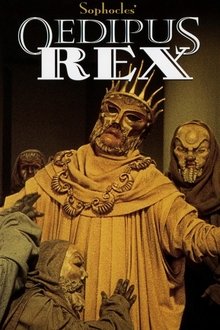
Oedipus Rex (1957)
The story of Oedipus' gradual discovery of his primal crime, killing his father and marrying his mother, filmed by the famed British theatrical director Sir Tyrone Guthrie. This elegant version of Sophocles' play adds a brilliant stroke: the actors wear masks just as the Greeks did in the playwright's day.
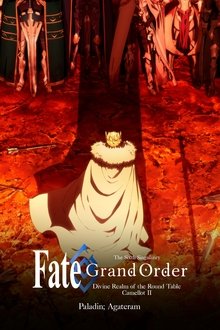
Fate/Grand Order: Divine Realm of the Round Table - Camelot Paladin; Agateram (2021)
The second part in a two-part anime film project adapting the "Sixth Singularity - Divine Realm of the Round Table: Camelot" story from the game.

The Phantom of the Opera (1991)
A comedy musical stage version of the Phantom of the Opera, filmed live on-stage during a performance in Florida.
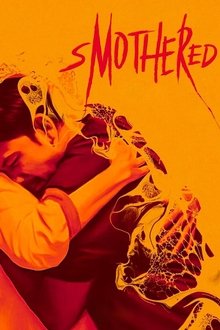
Smothered (2025)
After surviving an accident, Alif, a micro-painting artist, is told by his doctor that his memory hasn’t fully recovered. When a woman claiming to be his mother comes to visit, Alif begins to sense something is wrong—he doesn’t recognize her face, and he suspects she might not be his mother.

Medea (1969)
Based on the plot of Euripides' Medea. Medea centers on the barbarian protagonist as she finds her position in the Greek world threatened, and the revenge she takes against her husband Jason who has betrayed her for another woman.

The Return of the Native (1994)
Eustacia Vye, an exquisite beauty despairing at her boring life on an English moor, sets up a fateful lovers' triangle when she uses her wiles to entice two men, a dashing suitor and a successful man who made his name abroad and returned to his home on the heath.

Daisy Miller (1974)
Despite mixed emotions, Frederick Winterbourne tries to figure out the bright and bubbly Daisy Miller, only to be helped and hindered by false judgments from their fellow friends.

Frankie and Johnny (1991)
When Johnny is released from prison following a forgery charge, he quickly lands a job as a short-order cook at a New York diner. Following a brief fling with waitress Cora, he develops an attraction for Cora's friend and fellow waitress Frankie. While Frankie resists Johnny's charms initially, she eventually relents when her best friend, Tim, persuades her to give Johnny a chance.
